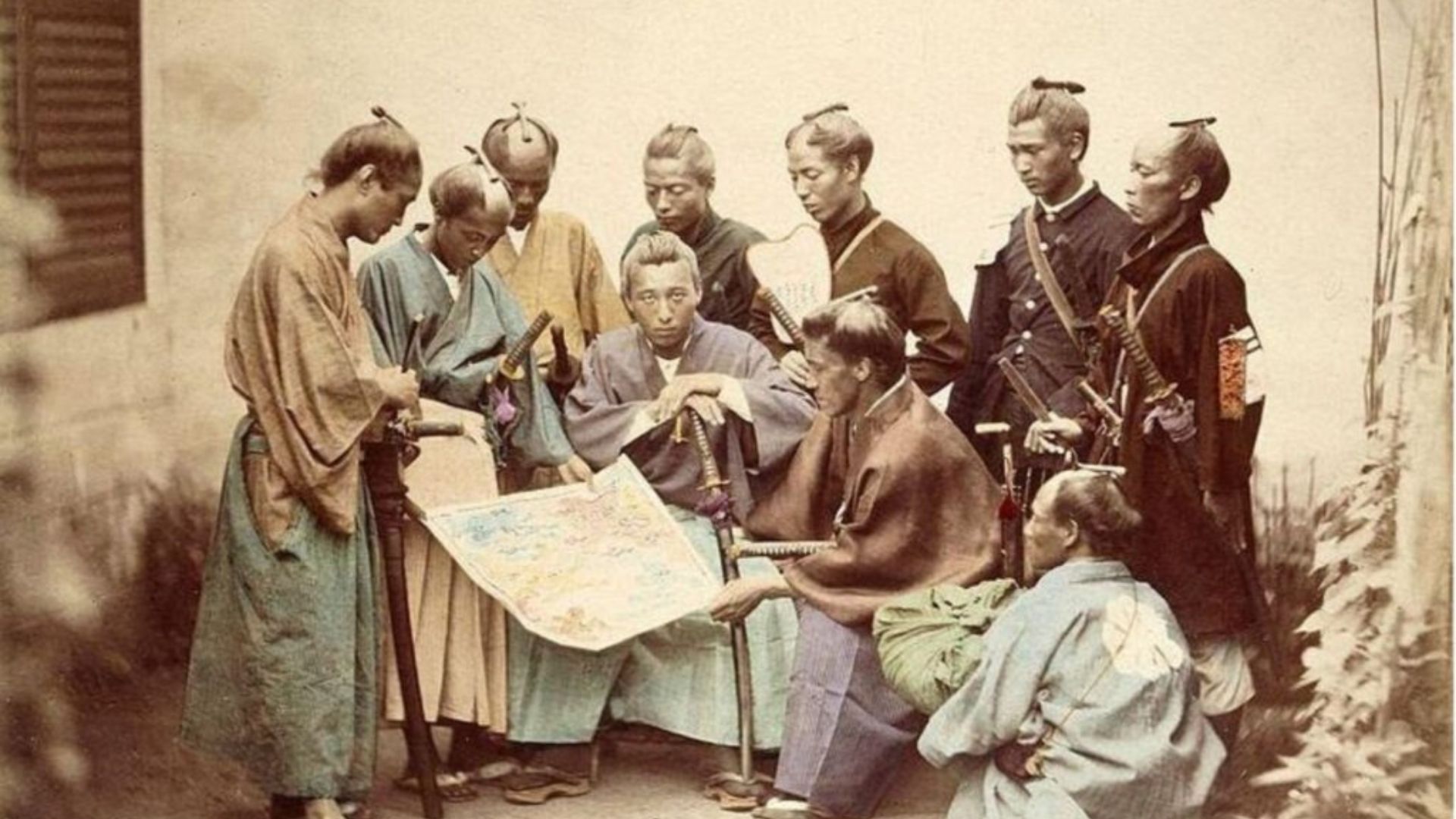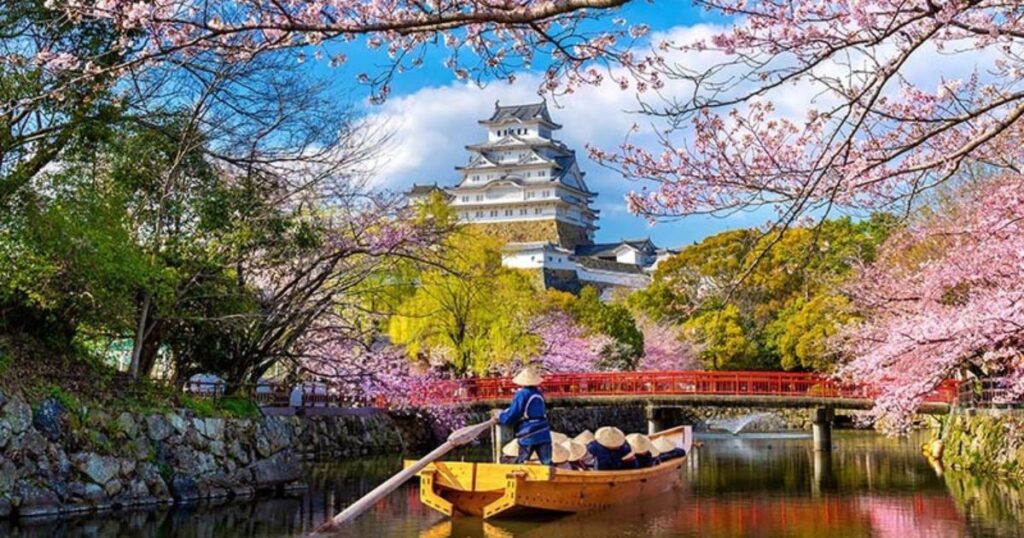Japan is a unique destination where the past and future converge in the most spectacular ways. From ancient temples and timeless traditions to cutting-edge technology and futuristic architecture, Japan’s blend of tradition and modernity showcases how a country can harmoniously preserve its cultural heritage while embracing innovation. This captivating fusion offers travelers the opportunity to explore both worlds, creating an unforgettable experience.
In this blog, we’ll dive deeply into the cultural wonders of Japan, examining the traditional and modern aspects that define its charm.
1. Traditional Japan: Preserving the Past

Ancient Temples and Shrines
Japan’s spiritual roots are deeply embedded in its numerous temples and shrines.
Key examples include:
Kinkaku-ji (Golden Pavilion) in Kyoto: A Zen Buddhist temple covered in gold leaf.
Meiji Shrine in Tokyo: Dedicated to Emperor Meiji and a tranquil retreat amidst the bustling city.
Fushimi Inari Taisha in Kyoto: Famous for its thousands of red torii gates.
These sites are not just places of worship but also a testament to Japan’s rich architectural history.
Traditional Arts and Crafts
Japan takes immense pride in its traditional arts:
Calligraphy (Shodo): A refined art form that reflects discipline and beauty.
Tea Ceremony (Chanoyu): A harmony, respect, and mindfulness ritual.
Kimono-Making: The intricate process of crafting Japan’s iconic garment.
Historic Towns
Kyoto and Nara: Renowned for their preserved streets, historic homes, and ancient culture.
Takayama and Kanazawa: Known for their Edo-period architecture and artisanal crafts.
Traditional Festivals
Matsuri (Festivals) bring Japan’s traditions to life. Examples include:
Gion Matsuri (Kyoto): A month-long summer festival with vibrant parades.
Awa Odori (Tokushima): Famous for its traditional dance performances.
Setsubun: Celebrated at temples to drive away evil spirits.
2. Modern Japan: A Glimpse into the Future
Skyscrapers and Futuristic Cities
Japan’s modern cities, especially Tokyo and Osaka, are engineering marvels.
Key features include:
Tokyo Skytree: A towering structure offering stunning views of the city.
Shibuya Crossing: A symbol of Japan’s urban dynamism.
Umeda Sky Building (Osaka): A futuristic design with panoramic observation decks.
Innovative Technology
Japan is a global leader in technology and robotics:
Robotic Restaurants in Tokyo where robots serve meals.
Smart Toilets equipped with advanced features.
Cutting-edge bullet trains (Shinkansen) symbolize efficiency and innovation.
Contemporary Arts and Pop Culture
Japan is the birthplace of iconic anime, manga, and video games.
Attractions include:
Akihabara District: A hub for anime and gaming enthusiasts.
Studio Ghibli Museum: Celebrating the legendary animation studio.
TeamLab Borderless (Tokyo): An interactive, digital art museum.
Modern Festivals and Events
Beyond traditional matsuri, modern Japan offers:
Comiket (Comic Market): A haven for manga and cosplay fans.
Tokyo Game Show: Showcasing the latest in gaming technology.
Roppongi Art Night: A city-wide celebration of contemporary art.
3. Where Traditional Meets Modern: Unique Experiences
Architecture
Japan masterfully blends traditional and modern designs:
Tokyo’s Asakusa District: Where the historic Senso-ji Temple stands amidst the urban skyline.
Kyoto Station: A futuristic transportation hub in a city known for its historic charm.
Horyu-ji Temple: A UNESCO World Heritage Site showcasing ancient wooden architecture alongside modern conservation techniques.
Cuisine
Japanese food embodies a mix of tradition and modernity:
Traditional: Kaiseki (multi-course meal), soba noodles, and sushi prepared using age-old techniques.
Modern: Fusion dishes like sushi burritos or contemporary take on street food, such as matcha-flavored desserts.
Fashion
Japan’s fashion scene reflects its cultural duality:
Traditional: Kimono and yukata are worn during festivals and ceremonies.
Modern: Trendy styles from Harajuku and avant-garde designs by brands like Comme des Garcons.
Transportation
Traditional: Rickshaws in Kyoto and ferry rides to remote islands.
Modern: Shinkansen (bullet trains) that connect major cities within hours.
4. How to Experience Both Worlds

Stay in a Ryokan and Capsule Hotel
Spend a night in the best traditional ryokans in Japan, complete with tatami mats and onsen baths.
Try a night in a capsule hotel to experience Japan’s futuristic hospitality.
Attend Festivals
Plan your visit around festivals like Hanami (cherry blossom viewing) for a traditional vibe, or attend Tokyo’s Robot Festival for a modern twist.
Explore Contrasting Neighborhoods
In Tokyo, visit Asakusa for temples and Odaiba for futuristic attractions.
In Osaka, experience the Osaka Castle followed by the neon-lit Dotonbori district.
Shop in Traditional Markets and Modern Malls
Traditional: Nishiki Market (Kyoto) for local crafts and fresh produce.
Modern: Ginza (Tokyo) for high-end shopping and futuristic flagship stores.
5. Why Japan’s Cultural Duality is So Fascinating
Harmonious Coexistence
Japan’s ability to preserve its heritage while embracing the future reflects its deep respect for both innovation and tradition.
Opportunities for Every Traveler
Whether you’re drawn to the tranquility of a Zen Garden or the excitement of a bustling city, Japan caters to a variety of interests.
Cultural Insights
Experiencing both sides allows travelers to better understand Japan’s identity and values.
6. Tips for Exploring Japan’s Traditional and Modern Culture

Plan Your Itinerary: Include a mix of historic sites like Kyoto and modern cities like Tokyo.
Participate in Cultural Activities: Join a tea ceremony or attend a modern event like the Tokyo Motor Show.
Respect Traditions: Follow customs at temples and shrines, such as bowing and removing your shoes.
Try Everything: Don’t limit yourself to just one side—immerse yourself in both traditional and modern experiences.
7. Conclusion
What makes Japanese culture unique? Japan’s unique blend of traditional heritage and modern innovation is what makes it a cultural wonder, unlike any other country. From walking through ancient shrines and wearing kimonos to experiencing the thrill of Shinkansen rides and exploring futuristic skyscrapers, Japan offers a diverse and enriching experience for every traveler.
Whether you are a history enthusiast, a tech lover, or someone who enjoys the best of both worlds, Japan has something special waiting for you. So, pack your bags and get ready to witness the incredible harmony of traditional and modern Japan—a journey that promises to be both enlightening and unforgettable.

Pingback: Luxury Hotels to Traditional Ryokans